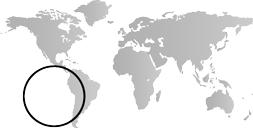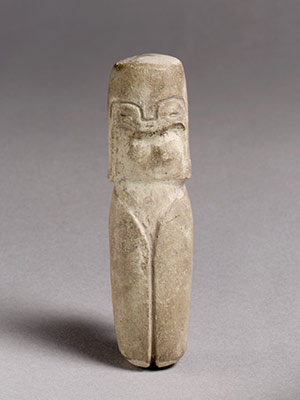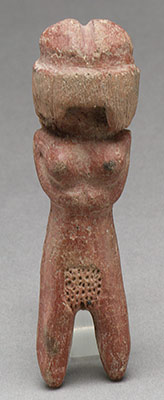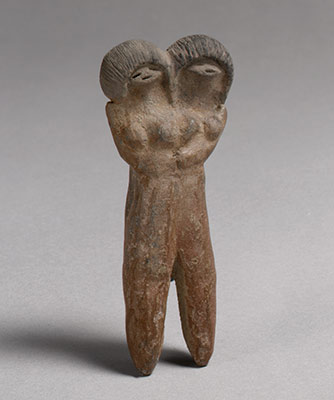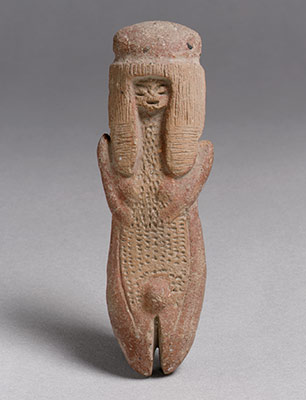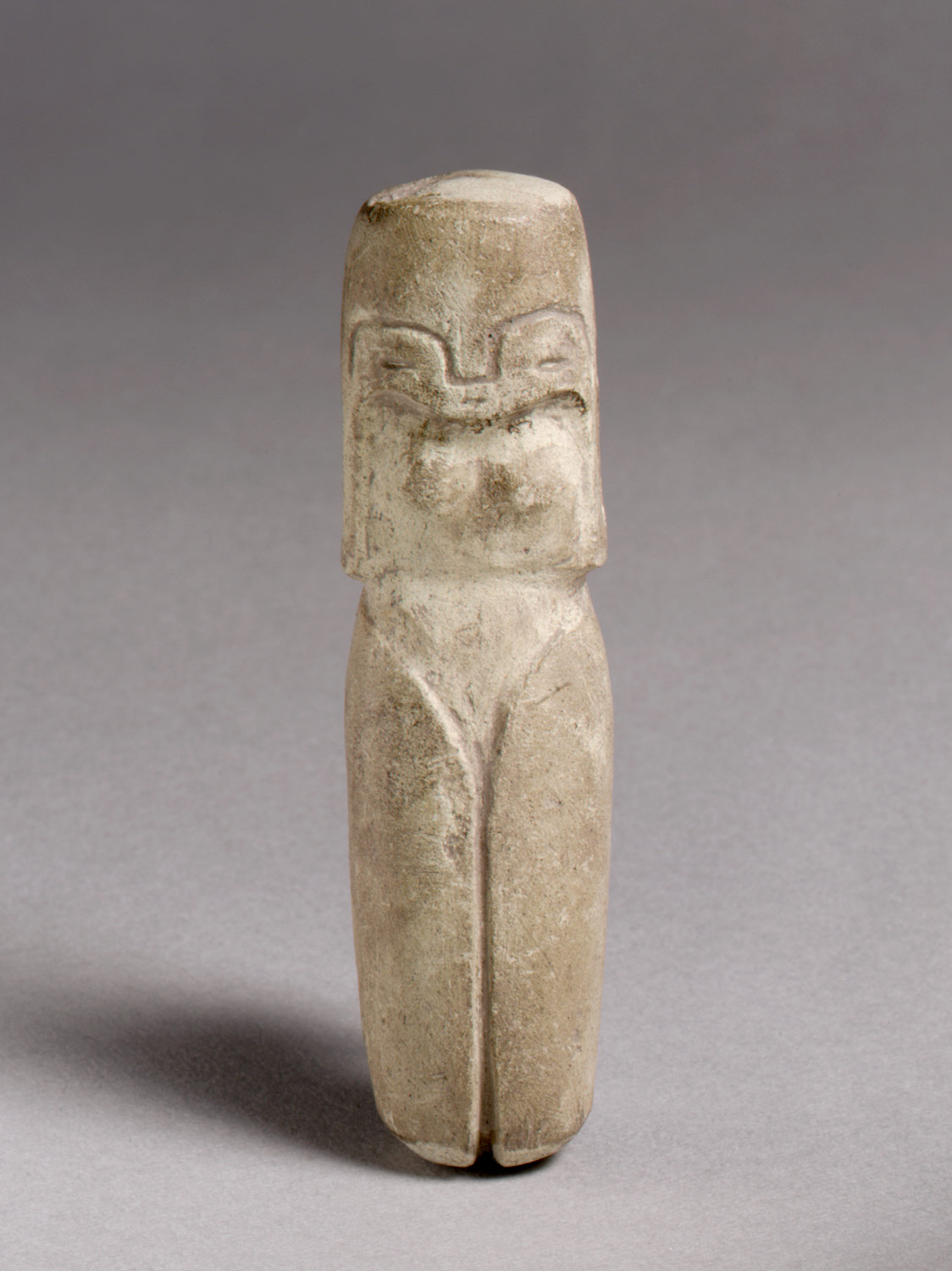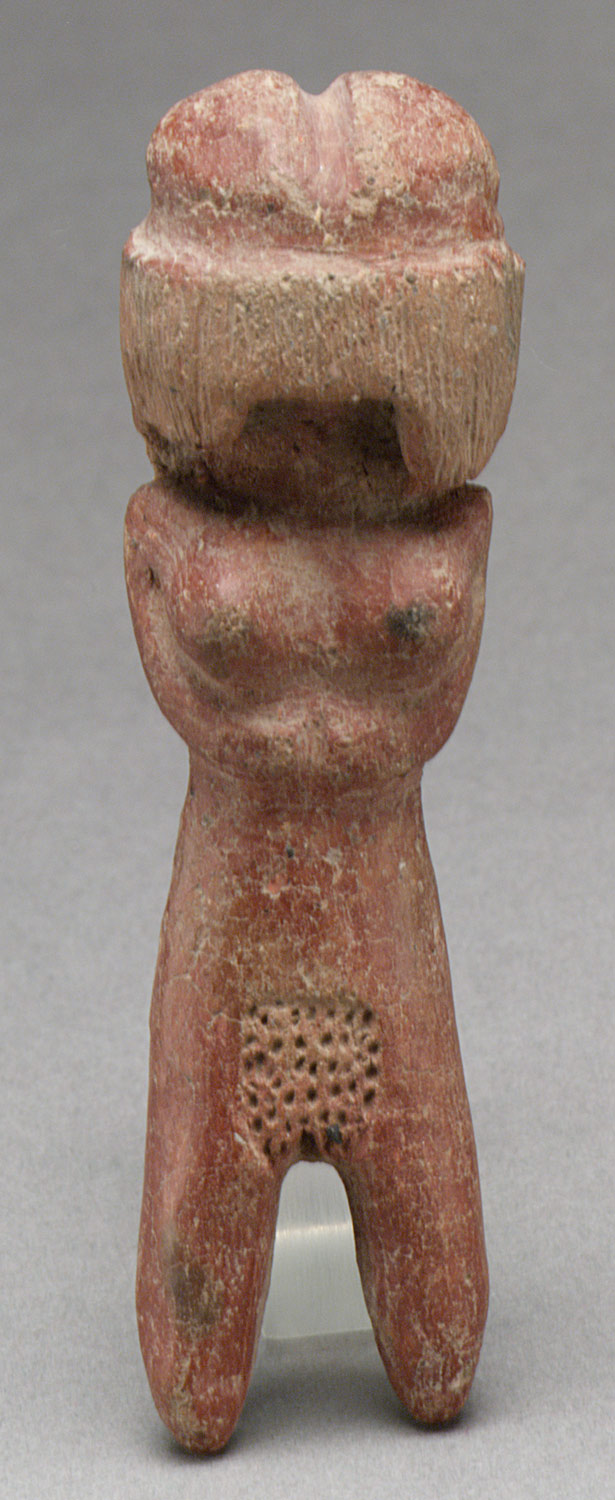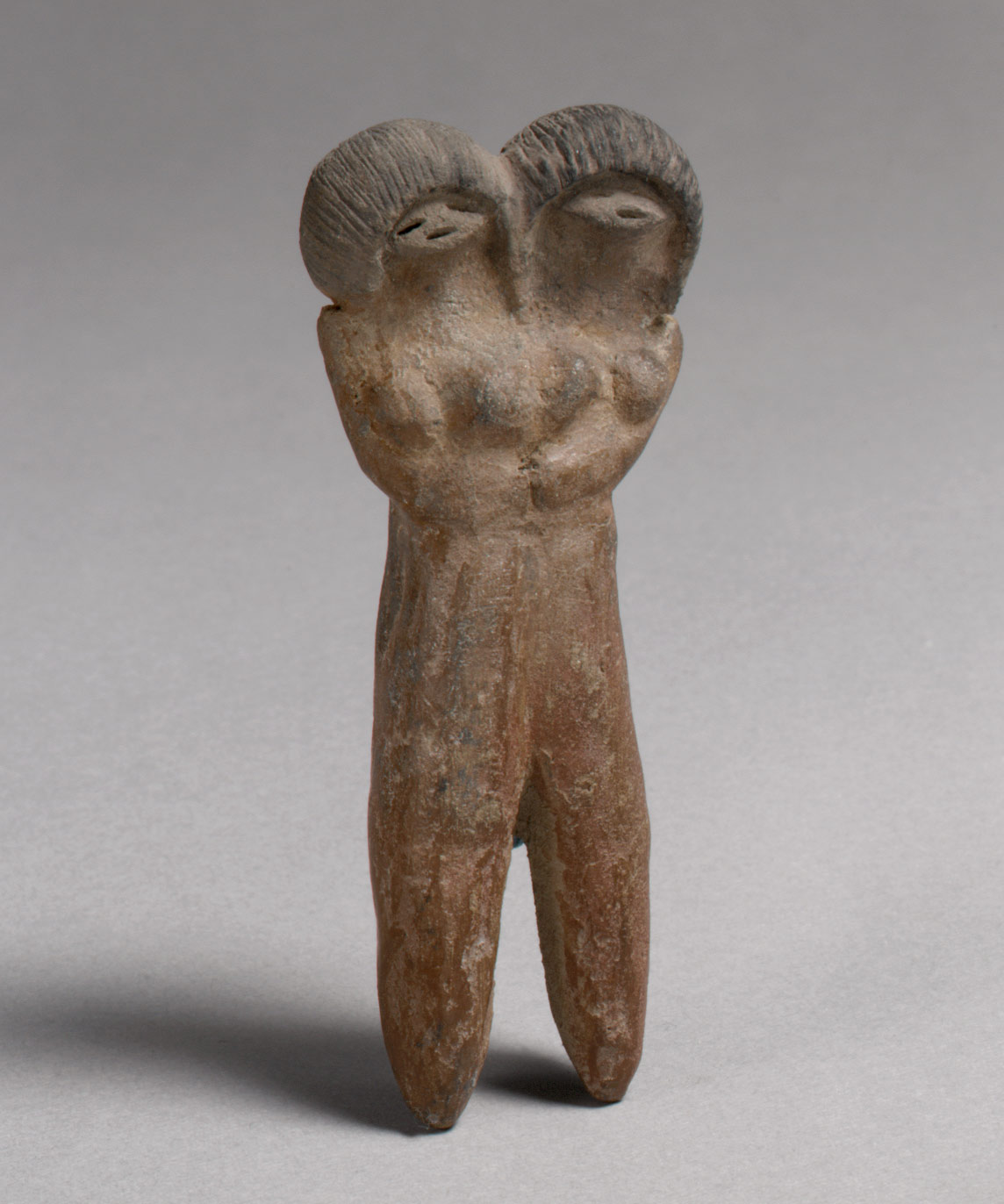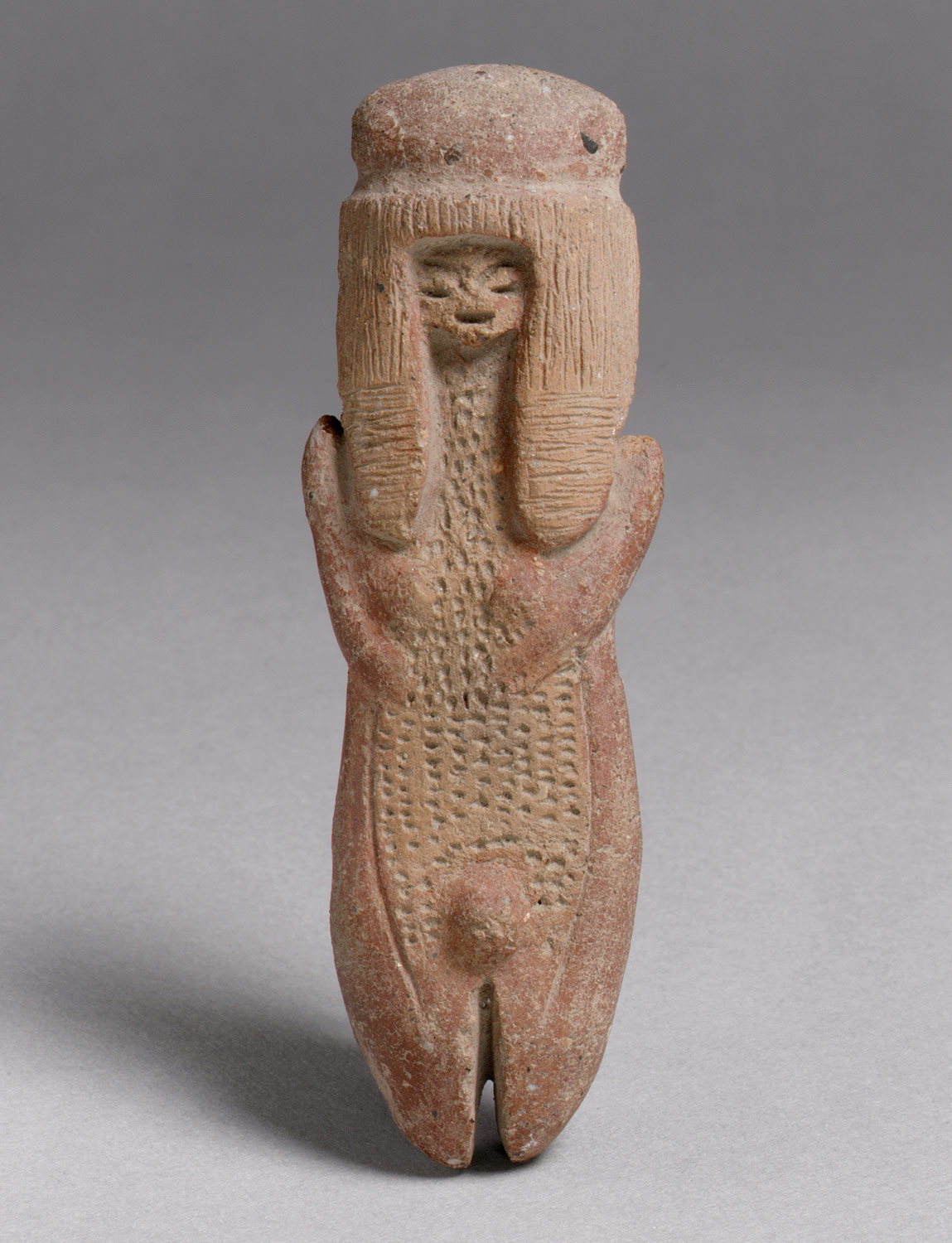From 8000 to 2000 B.C., adaptations to specialized South American environments accelerate, with sedentary living situations appearing toward the end of the period. Communities along river and sea coasts depend upon the abundant marine resources for food. The greater availability of domesticated plants and animals leads to further sedentism, population growth, and horticulture. Evidence of the presence of belief systems, such as reverence for the dead, appears; such beliefs will continue to be elaborated. The accumulation of valued objects for personal adornment and protection becomes more marked.
South America, 8000–2000 B.C.
Timeline
8000 B.C.
6500 B.C.
NORTHERN ANDES
CENTRAL AND SOUTHERN ANDES
6500 B.C.
5000 B.C.
NORTHERN ANDES
CENTRAL AND SOUTHERN ANDES
5000 B.C.
3500 B.C.
NORTHERN ANDES
CENTRAL AND SOUTHERN ANDES
3500 B.C.
2000 B.C.
NORTHERN ANDES
CENTRAL AND SOUTHERN ANDES
Overview
Key Events
-
ca. 8000 B.C.
Living sites in caves in the central highlands of Peru include Guitarrero Cave in the Callejón de Huaylas, where plant fibers are twisted, knotted, and looped into baskets, mats, and cordage. Early domesticated plants are present.
-
ca. 6000 B.C.
Hunters and gatherers adapt to the many specialized Andean environments.
-
ca. 5000 B.C.
The practice of ritual burial and artificial mummification is begun by the Chinchorro people of north coastal Chile, attesting to the Andean concern for the veneration and preservation of the dead.
-
ca. 4000 B.C.
Pottery is present at shell mound sites in the Caribbean lowlands of Colombia along the coast and the Magdalena River basin; its presence begins the period known archaeologically as the Early Ceramic in this northern South American region.
-
ca. 3500 B.C.
The American camelids (llamas and alpacas), the only beasts of burden native to the western hemisphere, are domesticated in the central Andes.
-
ca. 3300 B.C.
Villages begin to coalesce along the coast of the Santa Elena Peninsula in southwestern Ecuador. Ceramic vessels are in use, as are small stone figurines. The centers share cultural features that are known as Valdivian.
-
ca. 2800 B.C.
Early settlements at Cerro Narrío in the Ecuadorian highlands have contacts with the Pacific coast to acquire spondylus shell and with the tropical Andes for coca leaves.
-
ca. 2700 B.C.
Real Alto, a Validivian center in the Chanduy Valley on the Ecuadorian coast, and Loma Alta, in the Valdivia Valley, have post-and-thatch domestic structures arranged in a U shape around a central plaza.
-
ca. 2500 B.C.
The valleys along the north Pacific coast of Peru become home to residential communities that grow large. The extensive Aspero, in the lower Supe Valley, will cover over thirty acres and include ceremonial mounds, plazas, and terraces. Burials and other caches contain valued materials; a dozen or so unfired clay figurines, mostly female, are the earliest three-dimensional images known from Peru.
-
ca. 2400 B.C.
Gourd containers are in use while ceramic vessels are still absent from Peru’s Pacific coast. Cotton textiles of complex technique and design are made and deposited in middens (refuse heaps) at north coast sites such as Huaca Prieta in the Chicama Valley. Imagery includes profile-headed raptors, double-headed birds, snakes, and crabs with claws transforming into snakes.
-
ca. 2200 B.C.
The important center of Kotosh in the north central Peruvian Andes has given its name to the highland activities contemporary with those on the coast. Kotosh is strategically placed between the tropical lowlands to the east (Amazonia) and the Pacific coast to the west.
-
ca. 2100 B.C.
The Peruvian highland site of La Galgada has buildings of stone, plastered white. Important burials with well-preserved contents have been found in its chambers.
Citation
“South America, 8000–2000 B.C.” In Heilbrunn Timeline of Art History. New York: The Metropolitan Museum of Art, 2000–. http://www.metmuseum.org/toah/ht/?period=02®ion=sa (October 2000)
Related
Map
